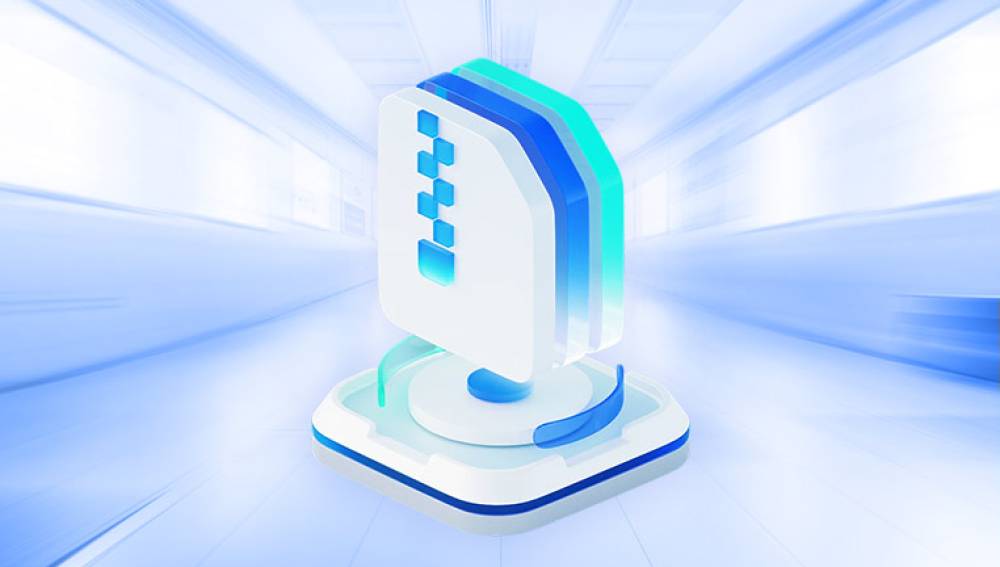Formatting a hard drive, whether by accident or necessity, can be a distressing experience especially if it results in the loss of critical data. Whether you were trying to fix a corrupted partition, reinstall your operating system, or simply made an error during the formatting process, losing valuable files like documents, images, videos, or work data can feel overwhelming.
Types of Formatting
There are two main types of formatting:
Quick Format – This is the most commonly used method. It deletes the file system entries and creates a new file system structure but doesn’t overwrite the data. This means the data still exists on the drive until it's overwritten by new files.

Full Format – A full format erases the file system and checks for bad sectors. In modern operating systems, it also overwrites data, making recovery much harder (though sometimes still possible with professional tools).
File Visibility vs. File Deletion
When you format a drive, your operating system removes the pointers to the files (the directory entries), not necessarily the files themselves. Think of it as tearing the table of contents from a book. The chapters are still there, but there’s no guide to finding them.
This is why recovery is possible especially if you act quickly and avoid writing new data to the drive.
Can You Really Recover Files from a Formatted Hard Drive?
Yes, and here's why:
In a quick format, the actual data on the disk sectors remains intact until it's overwritten by new information.
Recovery software is capable of scanning for remnants of these files and reconstructing the file structure.
Even after a full format, data can sometimes be retrieved with deep-scan recovery tools, although success rates are much lower.
Recovery success depends on:
Type of formatting performed.
How soon you attempt recovery.
Whether new data has been written to the drive.
Common Scenarios That Lead to Drive Formatting
Understanding how and why drives are formatted can help prevent data loss in the future. Here are a few common scenarios:
Accidental formatting while installing or reinstalling the OS.
Disk initialization errors that prompt formatting.
File system errors (e.g., RAW drive) that make files inaccessible.
Intentional formatting to remove malware or fix a corrupt drive, without a backup.
Changing file system types, such as from FAT32 to NTFS or exFAT.
Step-by-Step: How to Recover Files from a Formatted Hard Drive
Step 1: Stop Using the Drive Immediately
As soon as you realize the drive has been formatted, stop using it. Any new data written to the drive could overwrite recoverable files, reducing your chances of successful recovery.
If the formatted drive is your system (C:) drive, turn off the computer immediately and remove the drive to prevent Windows from writing temporary or system files.
Step 2: Choose the Right Recovery Tool
Drecov Data Recovery
Drecov Data Recovery is a user-friendly and powerful software tool designed to help individuals and businesses recover lost, deleted, or formatted data from a wide variety of storage devices. Whether you've accidentally erased important files, formatted a hard drive, or encountered data loss due to system crashes, virus attacks, or partition errors, Drecov Data Recovery provides a streamlined solution for retrieving your valuable data.
One of the standout features of Drecov Data Recovery is its versatility in handling various file system types including NTFS, FAT32. exFAT, and HFS+. The program offers both quick scan and deep scan options, allowing users to choose based on the severity of their data loss situation. The quick scan is ideal for recently deleted files, while the deep scan can uncover files that have been lost for a longer time or after formatting.
Step 3: Install Recovery Software on a Different Drive
Never install the recovery software on the same drive you’re trying to recover data from. Use another computer, an external boot drive, or a secondary internal drive to run the recovery process.
Step 4: Scan the Formatted Drive
Once installed, launch the software and select the formatted drive. Most tools will offer:
Quick Scan – Fast, but may miss deeply buried files.
Deep Scan – Takes longer, but scans for file signatures and reconstructs file structures.
Choose deep scan if the quick scan doesn’t yield the desired results.
Step 5: Preview and Select Recoverable Files
Most recovery tools let you preview files before restoring. This is helpful to:
Confirm whether files are intact.
Filter out corrupted or unnecessary files.
Identify essential files to prioritize recovery.
Select the files or folders you want to recover.
Step 6: Save Files to a Different Location
Always save recovered files to a different drive — preferably an external drive or separate partition. Saving them to the same drive can cause overwriting of other recoverable data.
Step 7: Back Up Your Recovered Data
Once your data is recovered, take immediate steps to back it up. Use external drives, cloud storage, or a NAS device to prevent future loss.
Best Practices to Maximize Recovery Success
Act Fast – The sooner you start recovery, the better.
Avoid Writing to the Drive – Don’t download, install, or transfer files to the formatted drive.
Use Reliable Tools – Choose well-reviewed software or professional help.
Don’t Interrupt the Scan – Let the deep scan complete to maximize results.
Label Your Recovered Files – Sorting recovered files can be chaotic. Organize and label them during the process.
What If Software Recovery Doesn’t Work?
In some cases, software solutions may not be enough — for instance:
The drive was full formatted multiple times.
The drive has physical damage (clicking noises, not detected).
There are bad sectors or logical corruption.
Files are severely fragmented or overwritten.
Professional Data Recovery Services




